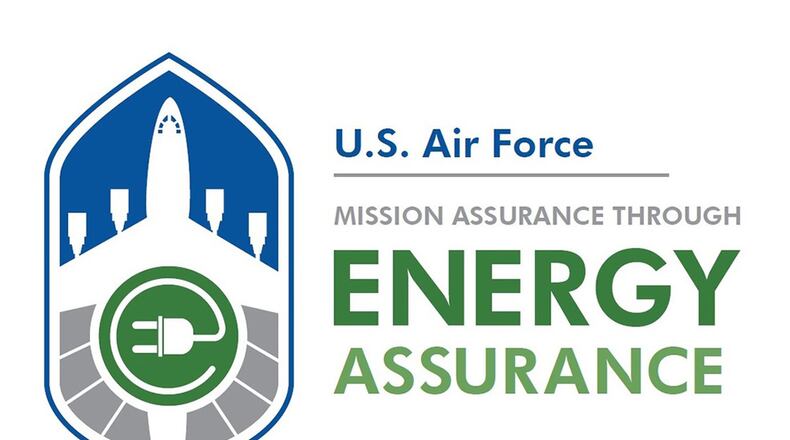Sustainability is based on a simple principle: Everything we need for our well-being depends, either directly or indirectly, on the natural environment. We cannot continue to think we have an unlimited amount of natural resources. Conserving and sustainably using energy and resources is being good stewards.
Protecting our power and resources extends deep into every aspect of Air Force operations and needs to be a daily consideration of each individual and organization.
In 2010, the U.S. Department of Energy issued 10 CFR 433 to implement provisions of the Energy Policy Act of 2005 and the Energy Independence and Security Act of 2007 that require energy performance standards. To comply with the guiding principles for sustainable federal buildings, the U.S. Department of Defense initiated Unified Facility Criteria (UFC) 1-200-02 High Performance and Sustainable Building Requirements.
This UFC ensures the five fundamentals of the guiding principles for sustainable federal buildings are met:
• Reduce total ownership costs of buildings;
• Improve energy and water efficiency;
• Enhance building performance and sustainability;
• Promote sustainable resource and environmental stewardship;
• Enhanced energy and water security.
The engineers at the 88th Civil Engineer Group apply the requirements of UFC 1-200-02 High Performance and Sustainable Building Requirements to new facilities and renovation projects.
One such example is the ongoing comprehensive renovation of the 445th Airlift Wing facility 34012. This multi-million-dollar project covers replacement of facility utility systems, including HVAC, electrical, plumbing, fire detection and suppression. It will also reconfigure interior space, replace and rearrange partitions, replace ceilings, doors, hardware and renovate restrooms. New HVAC, lighting systems and controls will be designed to maximize energy savings and exceed industry standards with integrated building meters to monitor utility consumption and verify operational performance over time.
According to Jim Levy, 88th CEG program manager, the major mechanical system motors are equipped with variable frequency drives, and plumbing systems utilize the lowest flush and flow rates permitted by base standards.
In total, the project reduces energy use 8.1 percent below American Society of Heating, Refrigerating and Air-Conditioning Engineers baseline standards, which is impressive considering the project is a recapitalization of an existing facility as opposed to new construction. Recycling, both during construction and throughout facility operation, will be prioritized to reduce the amount of waste directed to landfills.
Additionally, building materials with high recycled content and longevity will be utilized to reduce impact to the waste stream, and locally available materials will be selected to benefit the area economy and reduce transportation costs.
Wright-Patterson Air Force Base continues to make strides to improve the sustainability of its infrastructure by abiding by federally mandated guidelines for energy and water conservation. We are protecting our power and resources by being good stewards of the environment and in turn ensuring the mission continues.
For additional information on Energy Action Month, contact the Wright-Patterson Energy office at WPAFBEnergyOffice@wpafb.af.mil.
About the Author
